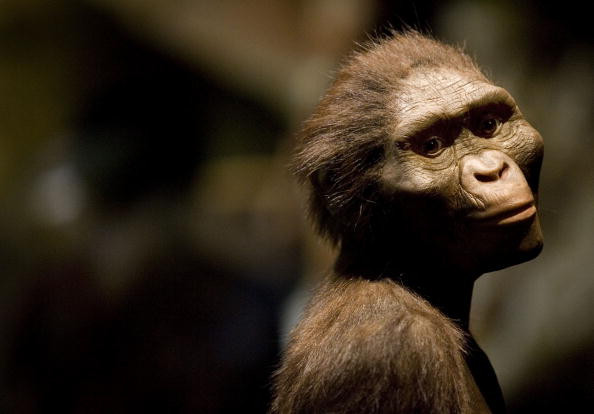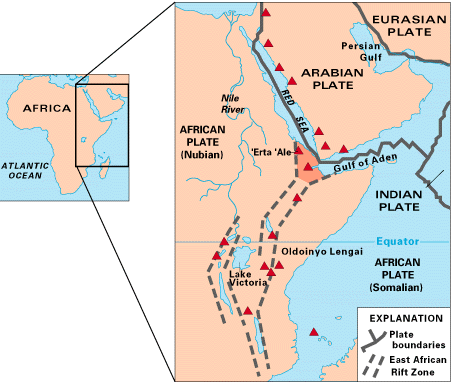Australopithecus: Human ancestors better at adapting to new environments than thought

Newly discovered fossils in Kenya suggest that early hominids, the Australopithecus afarensis, were present in far more regions than scientists previously believed. The discovery of fossils in an area they were not to have thought to have lived shows the species was better at adapting to new regions than thought.
The findings, published in the Journal of Human Evolution, were made by an international team from Mount Kenya University and Kyoto University, in Japan.
The palaeontologists were exploring a settlement near Kenya's capital Nairobi called Ongata-Rongai, when they came across fossilised teeth and a forearm bone belonging to a male adult and two children, from the same Australopithecus group as the famous "Lucy", the fossilised female partial skeleton discovered in 1974. The fossils had been exposed due to erosion by the Kantis River.
Understanding spatial distribution
This discovery is a major step to understanding how our prehistorical ancestors moved around Africa and settled down in different areas of the continent. Though previous findings had already challenged the belief that all Australopithecus lived in the Great Rift Valley (the ridge system running from the north to the south of Kenya), the fact that Australopithecus afarensis is found outside of the area, to the east, is something of a novelty.

"So far, all other A. afarensis fossils had been identified from the centre of the [Great] Rift Valley," says research co-leader Masato Nakatsukasa.
"A previous Australopithecus bahrelghazali discovery in Chad confirmed that our hominid ancestors' distribution covered central Africa, but this was the first time an Australopithecus fossil has been found east of the [Great] Rift Valley.
"This has important implications for what we understand about our ancestors' distribution range, namely that Australopithecuscould have covered a much greater area by this age."
This is all the more surprising, because the environment and the climate is not exactly similar in the different regions where the fossils were found. The Kantis region is humid, but its plain-like environment, with few trees, make it a very different place than the Great Rift Valley. "The hominid must have discovered suitable habitats in the Kenyan highlands. It seems that A. afaransis was good at adapting to varying environments," Nakatsukasa adds.
Beyond these palaeontological discoveries, which have key implications for our understanding of Lucy's contemporaries, the team also hopes this will have a positive impact on the communities that live near the fossils, boosting tourism and renewing interest for their region.
© Copyright IBTimes 2025. All rights reserved.






















